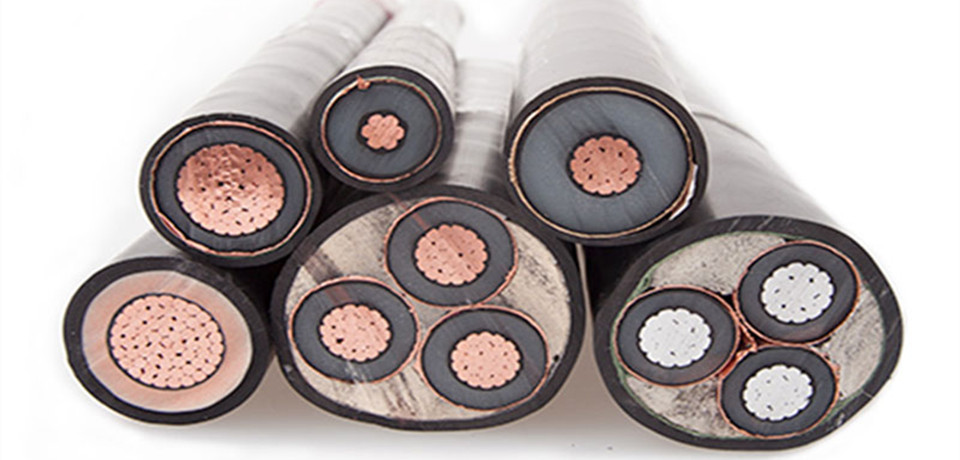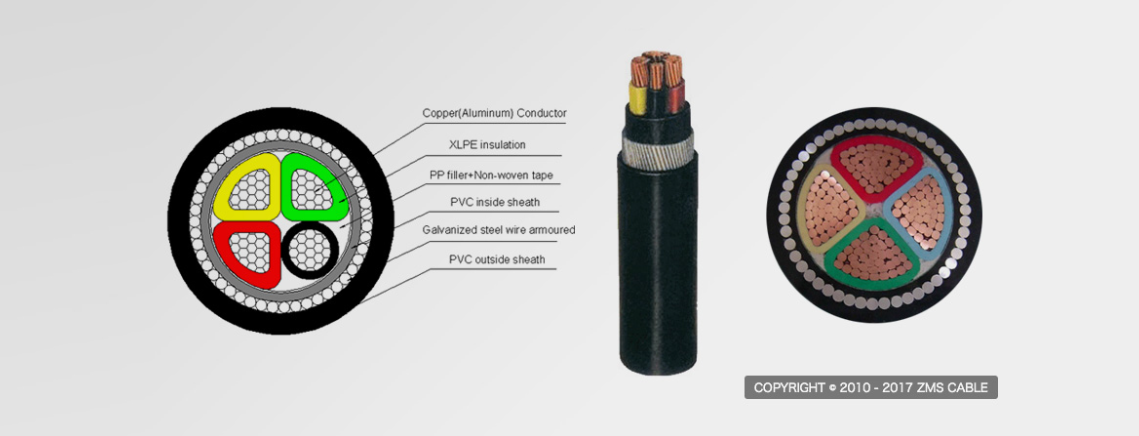
The wire is used to carry the current of conductive metal wire. There are various forms such as solid, stranded or foil woven. Divided into two categories according to the insulation status of bare wires and insulated wires.
The cable consists of one or more electrically insulated conductors insulated from one another and placed in insulated conductors in a sealed jacket. The protective layer can be added outside. The difference between the wire and the cable is that the size of the wire is generally small and the structure is relatively simple, but sometimes the cable is classified into the broad wire.
Bare wires are wires that do not contain any insulation or protective layers. In addition to being a wire for transmitting electrical energy and information, it can also be used for the manufacture of electrical and electronic components and cables.
Commonly used copper, aluminum, copper alloys, aluminum alloys. In addition, there are various kinds of insulated wires suitable for special requirements, such as low-voltage wires for automobiles, high-voltage ignition wires for automobiles, lead wires for electrical appliances, aviation wires, and compensation wires. Cables are used to transmit, distribute or transmit electrical signals. Cables can be divided into power cables, communication cables, and control cables according to their use.
The difference between power cables and ordinary wires is mainly due to the large size of the cables and their complicated structure. The cable is mainly composed of the following four groups. Conductor: Made of high conductivity material. Insulation layer: The insulation material used for the cable should have high insulation resistance, high breakdown field strength, low dielectric loss and low dielectric constant.
Sealed sheath: protects the insulated core from mechanical, moisture, moisture, chemicals, light, etc. For easily damped insulation, lead or aluminum extruded sealing jackets are generally used. Protective cover: to protect the sealing jacket from mechanical damage. General use of galvanized steel, steel wire or copper, copper wire wrapped around the outside of the jacket (called armored cable), armored layer at the same time as the electric field shielding and prevent external electromagnetic interference. In order to avoid corrosion of the steel and steel wire around the surrounding media, they are usually coated with asphalt or wrapped in impregnated jute layers or extruded polyethylene or polyvinyl chloride sheaths.

In addition to the above differences, the cable also has obvious advantages. Compared with overhead lines, cables have the advantages of small insulation distance between lines and small space. They are laid underground and do not occupy space above the ground. They are not affected by the pollution of the surrounding environment, they have high reliability of transmission, and they interfere with personal safety and the surrounding environment. small. Therefore, cables are often used in densely populated areas with dense power grids and heavy traffic. It has a non-negligible role to play in modernization.